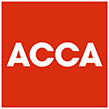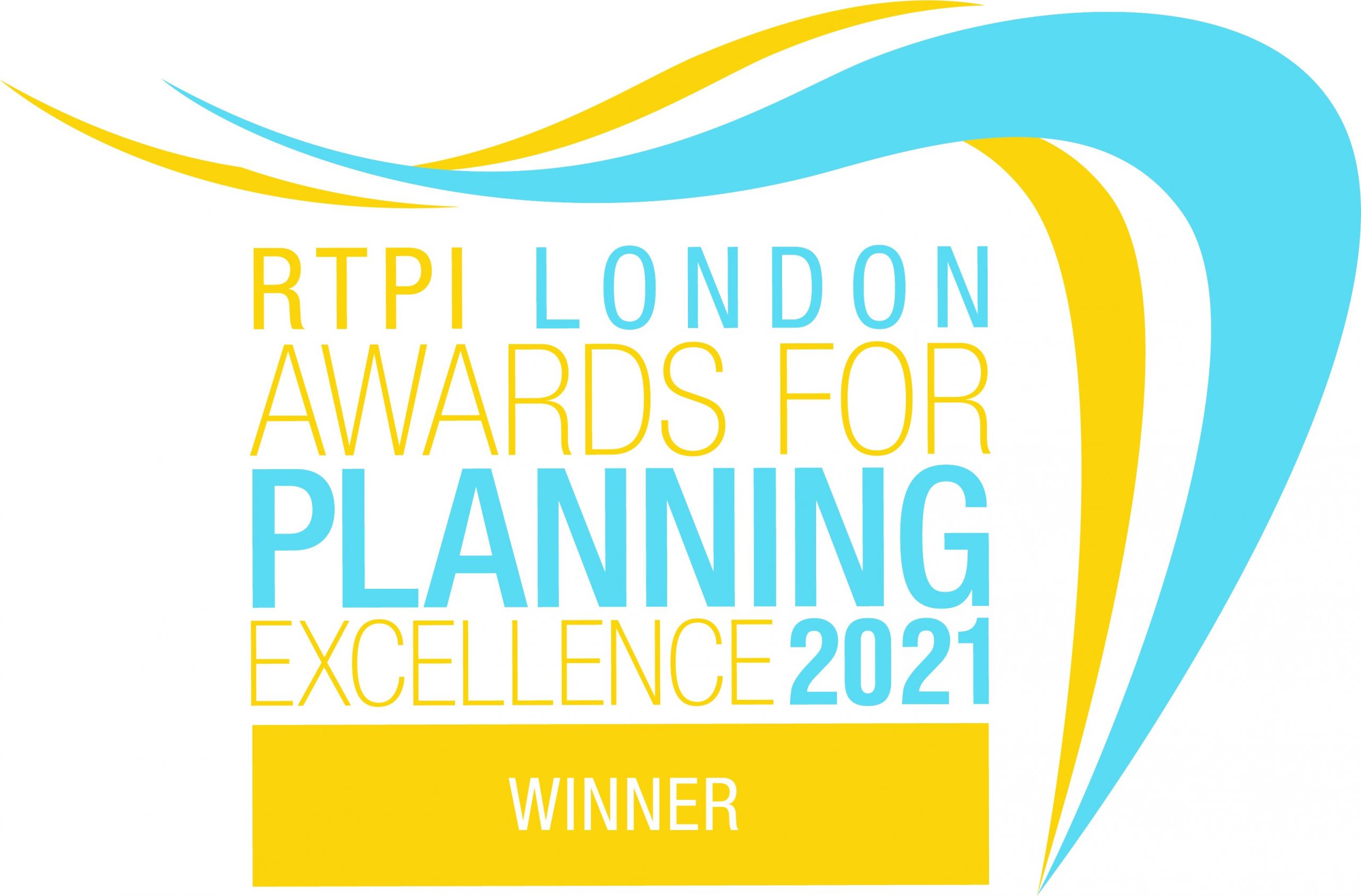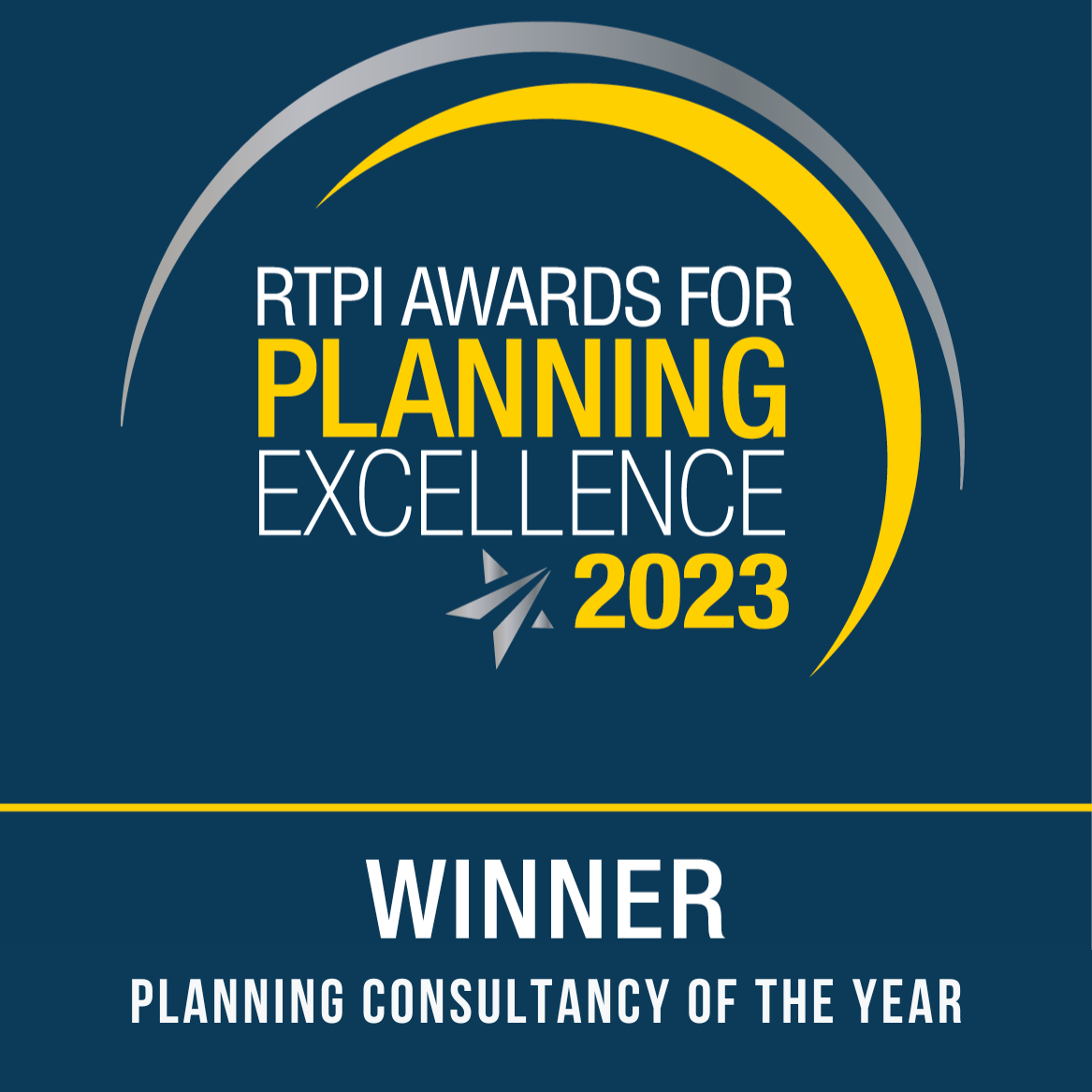Build to Rent Best Practice Guide Launch
The Urban Land Institute (ULI) recently launched Edition 2 of the best practice guide for Build to Rent development. The updated “Bible” for the industry coincides with an explosion of interest in the sector from institutional investors with over 30,000 homes already in the pipeline. There is also increasing recognition that this investment is additional to that from traditional sources; Build to Rent has the potential to significantly add to housing supply rather than replace other forms of delivery.
The ULI guide provides a quick reference tool to help shape viable developments which offer customers a high quality and professionally managed home. The guide covers:
Chapter 1 – The Opportunity
Chapter 2 – The Customer
Chapter 3 – Management
Chapter 4 – Form & Layout
Chapter 5 – Sustainability, Engineering and Construction
Chapter 6 – Fit-out specifications
Chapter 7 – Cost & Procurement
Chapter 8 – Planning & Viability
Quod Director Chris Wheaton led the Planning & Viability chapter and commented:
“It is incredible to see the volume of new investment in Build to Rent, particularly from institutions and investors looking to develop portfolios of 5,000 homes or more. The response from customers of the pioneer schemes has also shown just how popular a high quality, professionally managed offer with the right amenities can be. In preparing the new Planning & Viability chapter we wanted to support local authorities and investors in properly understanding the distinct characteristics of the sector and providing for it right through from the preparation of Local Plans to dealing with individual schemes.
From the schemes we are involved in we have seen that Build to Rent can address a significant and often underserved portion of housing need. Just as importantly, it can support economic priorities, whether that is bringing life back to a town centre or providing the right quality and flexibility of accommodation to support a local economic strength such as the science or tech sectors. The key issue for us is to really understand and quantify these issues and use this to help investors, developers and authorities shape proposals.”
The guide is available to purchase from the Urban Land Institute http://uk.uli.org/















